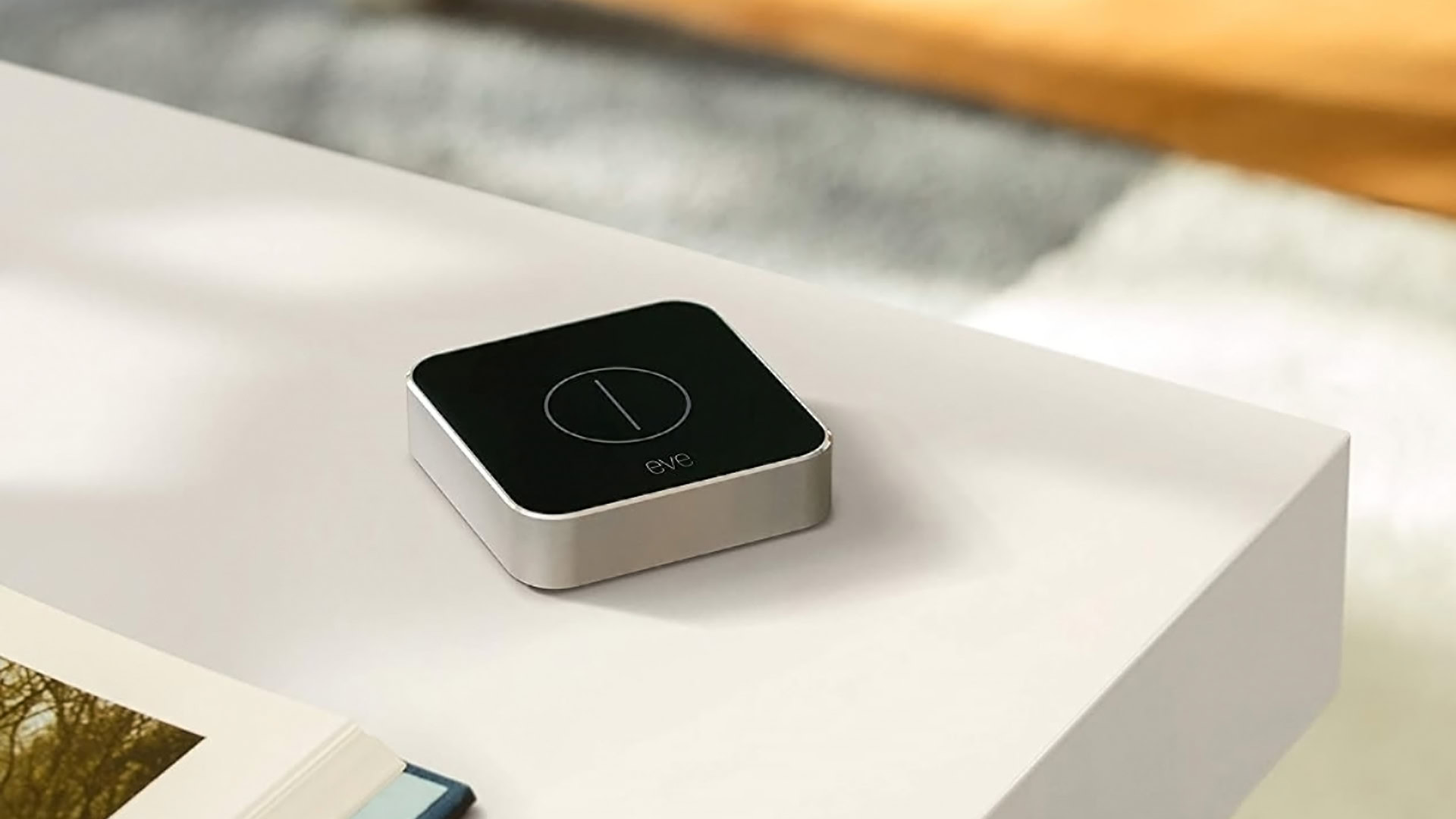
There was a brief period when smart buttons were all the rage for smart homes, or at least there was an increase of them in the industry. They never really took off — even Amazon has discontinued its Dash and Echo buttons — but they still have their fans and customs. So what are smart buttons, and does it make sense to equip your home with them in 2022?
Related: The best smart home devices money can buy
What is a smart button?
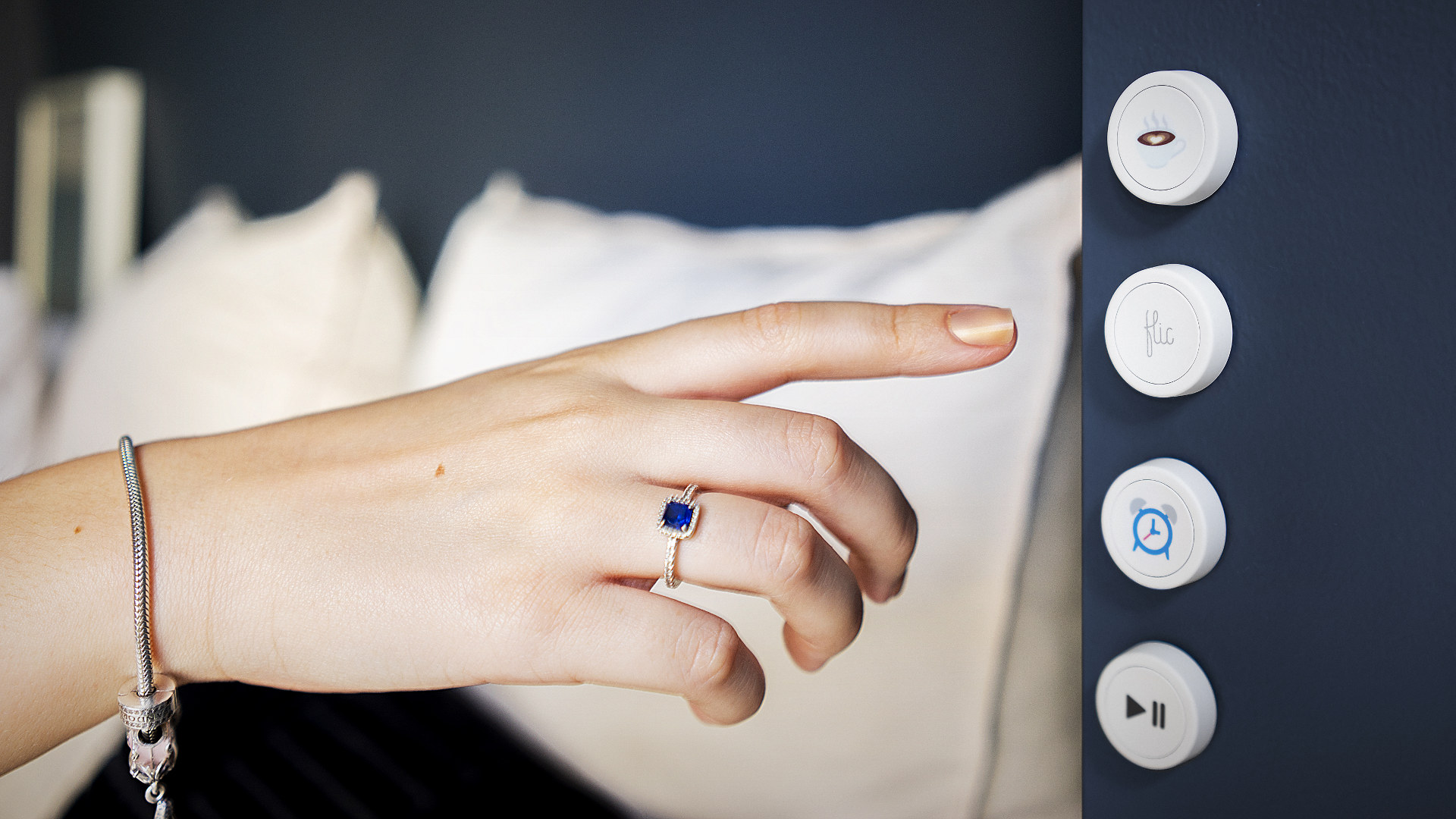
A smart button is the simplest possible physical control for smart home accessories, aside from a smart light switch, and even then it’s simpler than some dimmers. Pressing a button once toggles between a primary function, while a double or long press activates secondary functions.
Another difference with switches is that buttons can often be linked to multiple types of accessories, not just lamps. In some cases, you can assign scenes and other complex automations, which is useful if there’s a series of actions you repeat regularly, but you don’t want to bother with app or smart speaker controls. For example, you can place a button at your front door that turns on kitchen and living room lighting, turns on the TV and regulates your thermostat. Pressing the same button twice can put your home in an “away” mode, and a long press can turn everything off.
What to Look for Before Buying a Smart Button
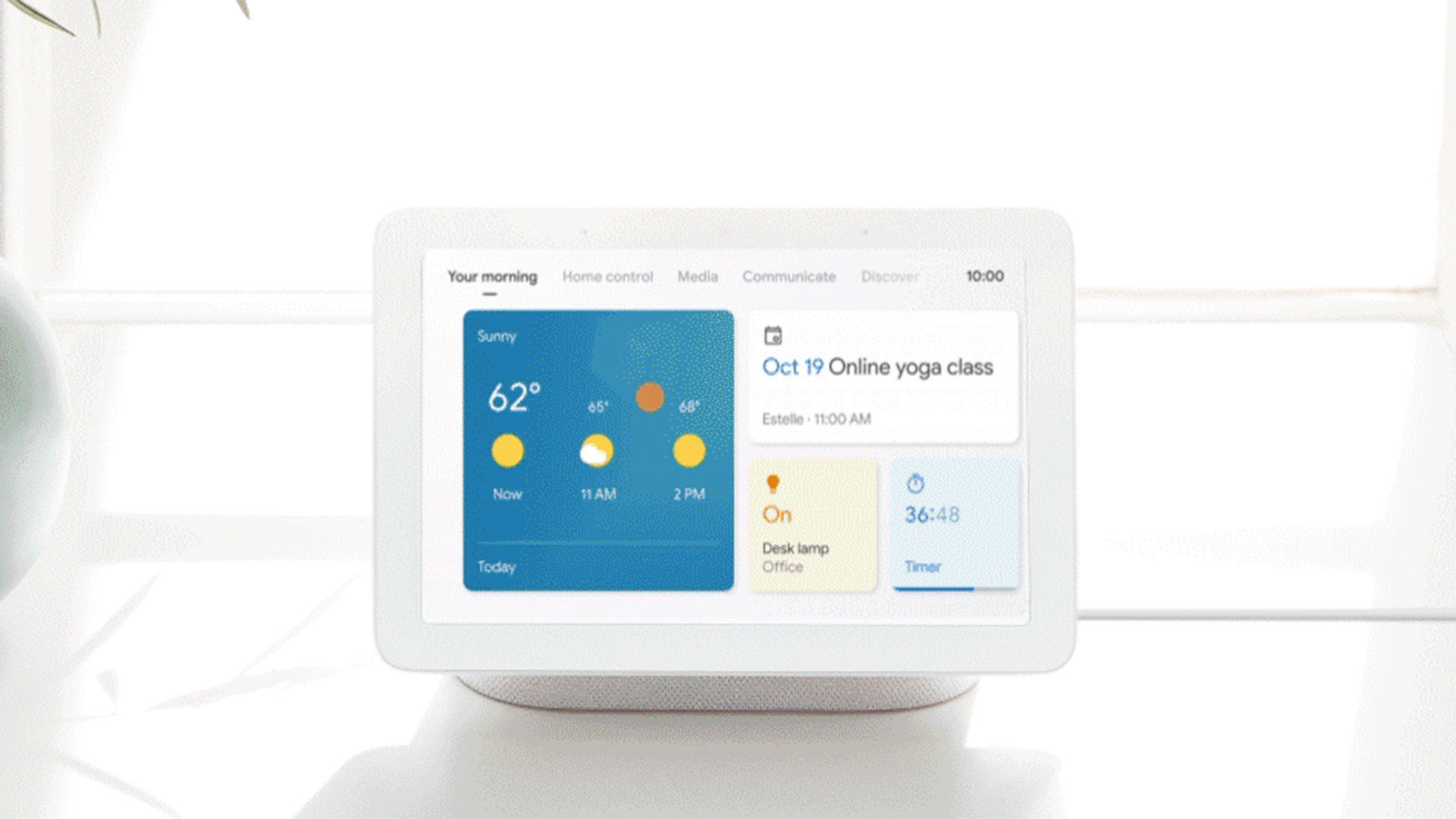
The first question, of course, is whether you really need one. If you have a smart speaker, it’s not that hard to control accessories and automations with your voice, and smart screens offer visual options when you want to be quiet or don’t remember how an accessory is labeled. You may also be in a situation where manual controls aren’t all that crucial — if you’ve already automated things to turn on and off on a regular basis, you can probably accept an app for the few exceptions.
Buttons make the most sense in homes without smart speakers or screens, or in homes with kids and other people who may not be technical enough to use app or voice options. They can also be an alternative to smart switches for apartment dwellers, and people who rent their homes through services like Airbnb and Vrbo can offer some of the benefits of a smart home without the complexity.
Buttons make the most sense in homes without smart speakers or screens, or in homes with children and other people who may not be tech savvy.
The next biggest concern is brand and platform support. Some buttons are only compatible with specific accessory brands out of the box. If you want to pair them with other gear you might be able to, but you’ll need to check if a button works with one or more of the major smart home platforms, namely Amazon Alexa, Apple HomeKit, Google Assistant or Samsung SmartThings. Indeed, if you’re on one of those platforms and a button isn’t compatible, you should probably skip it, although there’s an exception in our best-of list.
Also remember that buttons often rely on disposable batteries, as well as a Wi-Fi hub to link platforms and keep working when your phone isn’t within Bluetooth range. If any of these things sound like a hassle, a smart button might not be worth it.
The best smart buttons
flic 2
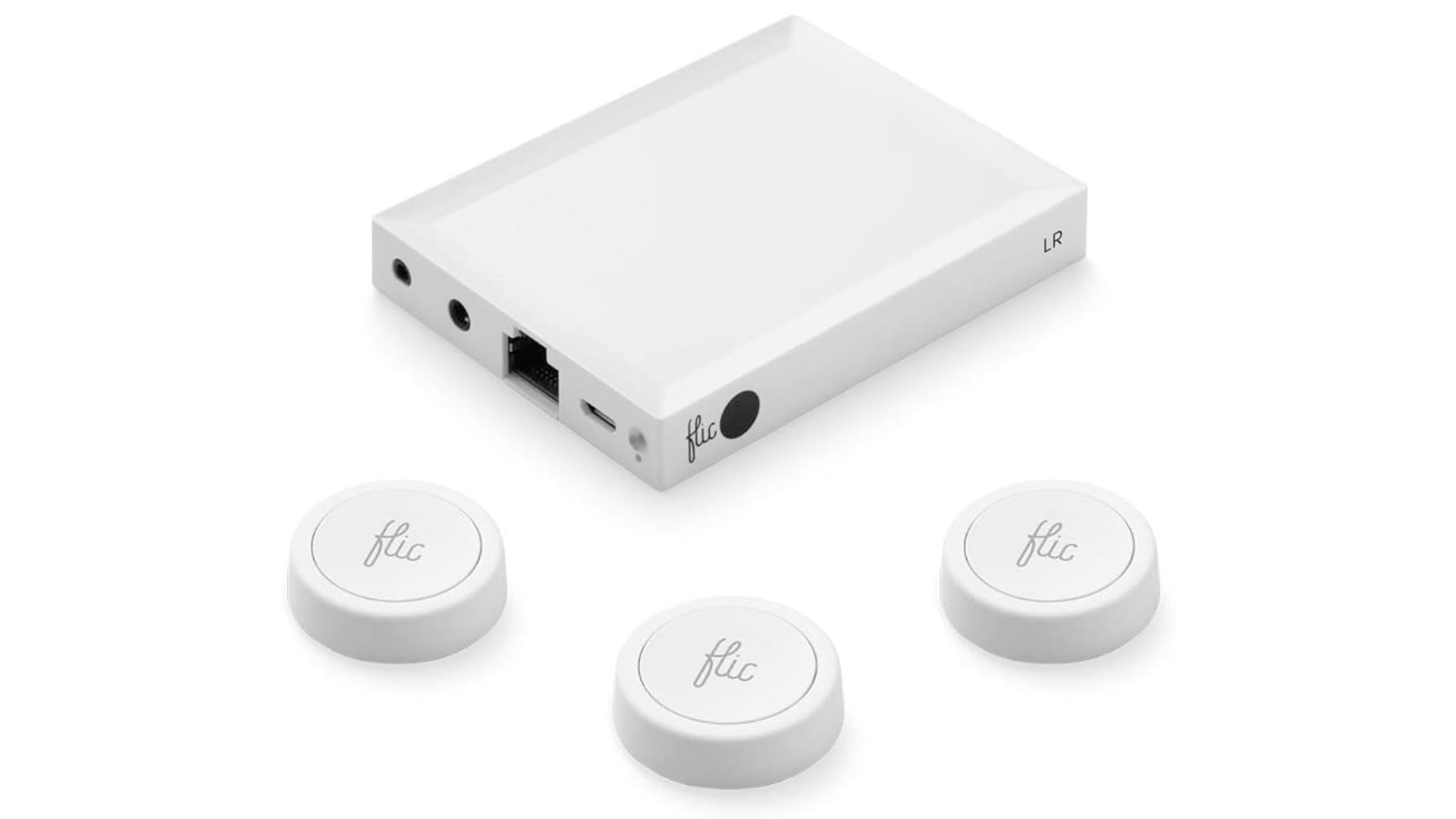
For many people, the only button they should consider is the Flic 2. It supports Alexa, HomeKit, and SmartThings, as well as over 1,000 devices and services, including brands like Ikea, Lifx, Slack, Sonos, IFTTT, and Philips Hue. That means it’s compatible with just about anything you care about, and you can customize it with stickers and suction cups (the stickers are sold separately).
You’ll want to start with the Flic 2 Starter Kit, which includes a hub and three buttons. Each button uses a replaceable CR2032 button battery, which Flic estimates will last up to three years. The price of the Starter Kit can be a deterrent, especially if you only need one button.
Eve button
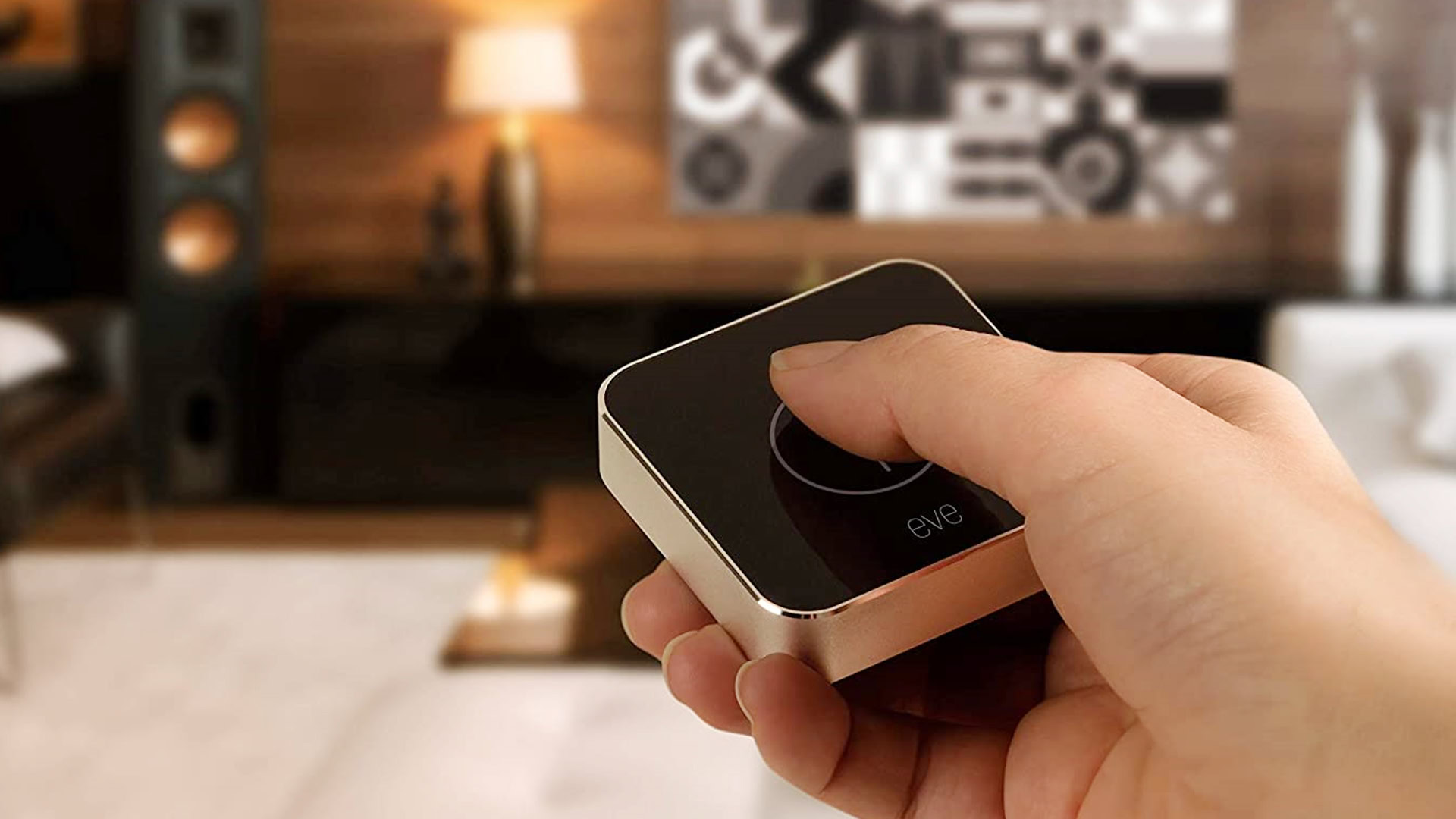
This is a HomeKit exclusive and requires an Apple TV, HomePod, or iPad configured as a Home Hub. Within those admittedly tight constraints, the Eve button is nice – it’s stylish and shaped just right when you want to carry it in your pocket. The official Eve app is also largely redundant here. If you can build an automation in Apple Home, you can assign it to one of the product’s three button combinations.
Our only real complaints (other than exclusivity) are that the Button doesn’t come with a surface mount, and in some cases you’ll need an Eve Extend to ensure a consistent connection to your Home Hub(s). Like the Flic 2, the Eve Button runs on a CR2032 battery.
Philips Hue smart button
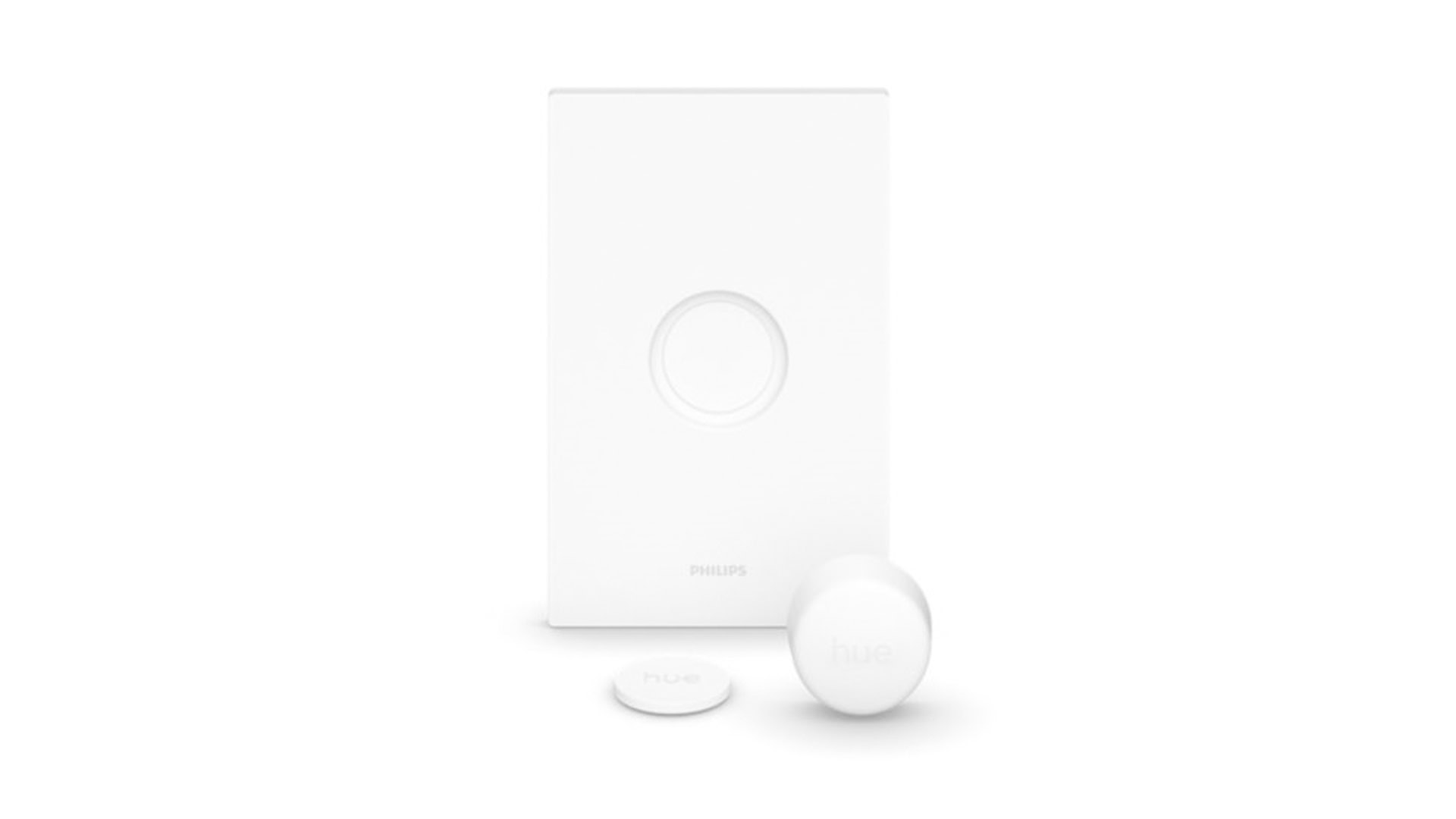
Normally, we’d steer you away from anything that’s focused on lighting, let alone a specific brand. But the reality is that Philips Hue is the biggest brand in smart lighting, and if your home is based on that, a Hue Smart Button can come in handy.
By default, a single press toggles between assigned lights, while holding down dims or brightens. The festive trick is that when you turn it on, your lights can switch to different color and brightness settings depending on the time of day. Philips has recommended scenes, or you can adjust them in the Hue app.
Actually, there’s another party trick: the Smart Button is magnetic, so you can take it off the wall plate, take it with you and stick it on your fridge or an included adhesive mini-mount. The power comes from a CR2032 battery.
We should note that while you can technically use the product without a Hue Smart Hub (aka Bridge), that limits you to 10 bulbs, and in some marketing Philips claims that one is required. And while that hub links your lights to Alexa, HomeKit, and Google Assistant, the button is essentially limited to the Hue universe.
Aqara Wireless Mini Switch
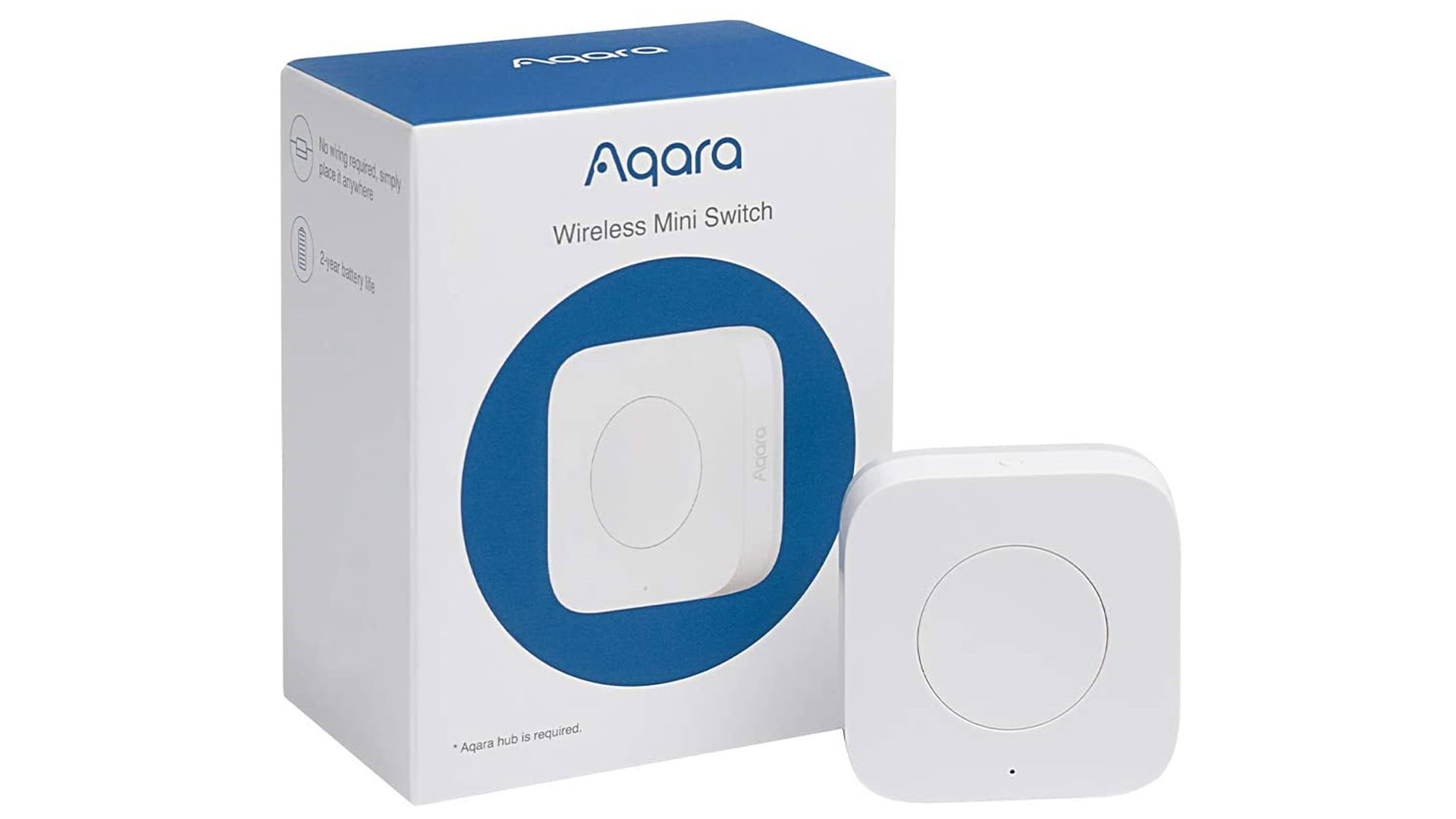
Honestly, the Wireless Mini Switch is probably too niche for most people, but given the small size of the smart button market, it’s worth considering. And there are some aspects that can make it legitimately interesting.
It’s niche because while it supports Zigbee, it specifically requires an Aqara M2 or M1S Hub unless you’re using workarounds that connect it to platforms like Hubitat or Home Assistant. People who don’t care about those platforms will only be driving Aqara and HomeKit accessories, or things related to IFTTT.
However, because Aqara Hubs have built-in speakers, you can use the Wireless Mini Switch as an emergency button or even a doorbell, assuming you can find a more secure mount than Aqara’s stickers. The Switch isn’t expensive either – it costs $18, and even adding an M2 hub to the mix keeps your total at about $78 pre-tax.
